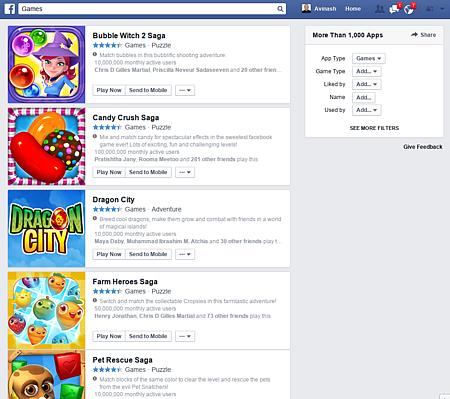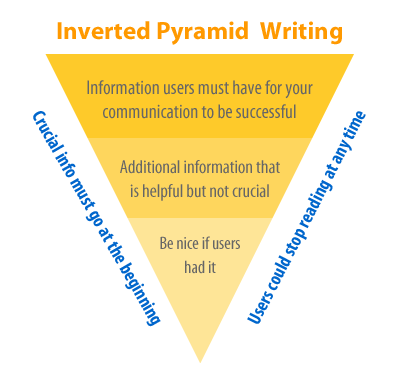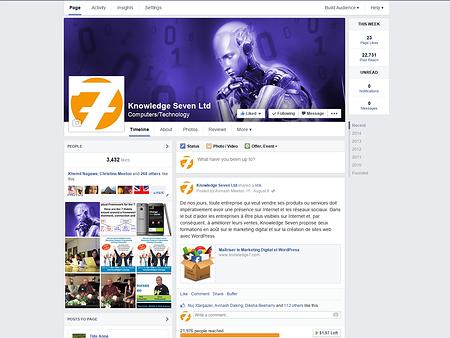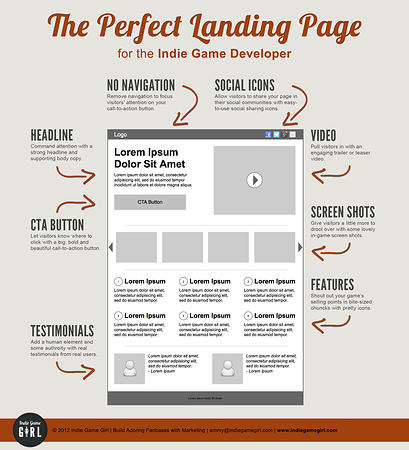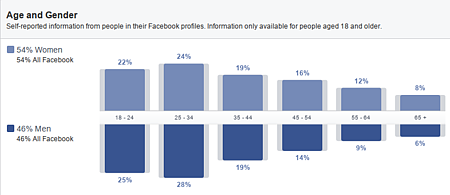HTML5 is World Wide Web Consortium standard for the construction of web applications (including web applications for mobile devices) as opposed to the construction of classical websites.
In practice, HTML5 includes:
- Hypertext Markup Language (HTML, now in version 5)
- Cascading Style Sheet (CSS, now in version 3)
- Javascript (standardised as ECMAScript and implemented by most mainstream browsers)
The relevance of HTML5 for mobile development is that the two major smartphone and tablet platforms, namely Apple’s iOS (used on iPhones and iPads) and Google Android, have HTML5 compliant browsers. In fact, both platforms use the same Webkit open source browser engine which means that, say, a web application which works correctly on an Android smartphone is bound to work correctly too on an iPhone. Interestingly both Google Chrome and Apple Safari also use Webkit and, consequently, mobile development can start on, say, Chrome and it is expected that the app, when moved to a mobile device, will behave similarly. This is the actual process we are going to follow during this training.
As a web developer, it is important to always make sure that the HTML, CSS and Javascript are properly validated. This can be done by using the following online validators:
- W3C Markup Validation Service (for HTML)
- W3C CSS Validation Service (for CSS)
- JSLint (for Javascript)
The work to do is to progressively build a webpage such as the one shown above. You should use the latest HTML5 tags (such as header, nav, section, aside and footer) as well as CSS3 to style and format the content.







